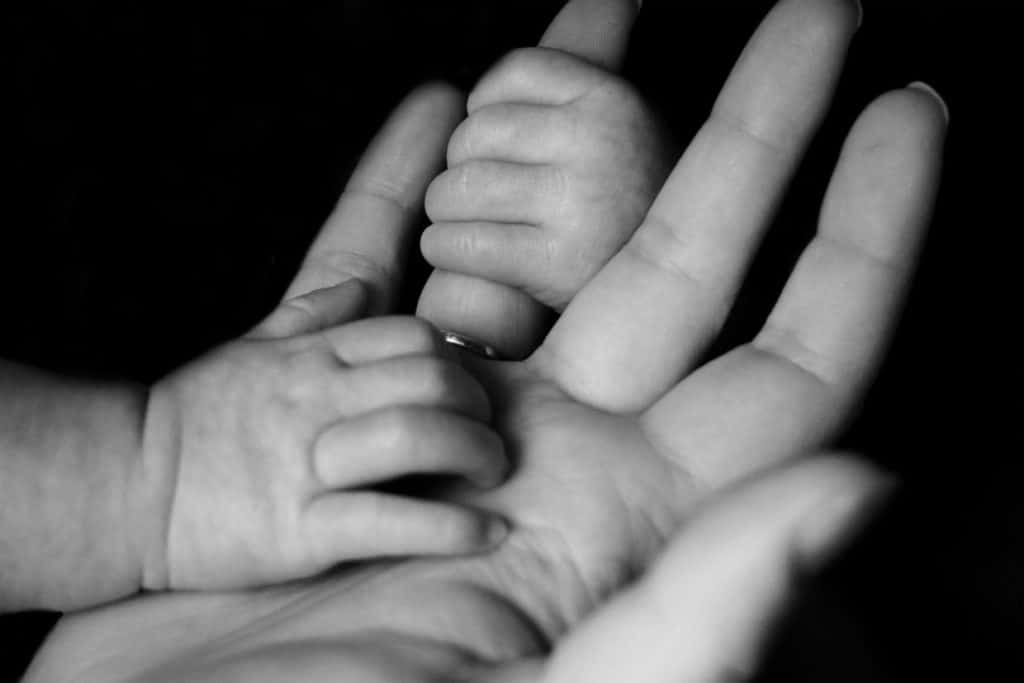Australian study demonstrates newborn visual pathway vital to reaching and grasping behaviour

A discovery led by Australian scientists at the Australian Regenerative Medicine Institute at Monash University published today, confirms the importance of the transient visual pathway in supporting the reach and grasp response commonly seen in newborn primates within the first few hours or days after birth.
‘This discovery demonstrates the presence and importance of the early vision system in the newborn,’ said Associate Professor James Bourne, Group Leader at ARMI.
Published in PNAS, Proceedings of the National Academy of Sciences of the United States of America, the study provides evidence that the development of normal primate reaching and grasping, vision-guided behaviours, depends on a transient visual pathway that is present only in the first few months after birth.
The information from the newborn retina relays information to a brain region called the pulvinar, and subsequently to another brain region called the middle temporal (MT) area that stimulates a reach response.
‘Many newborns, primates and human, demonstrate a reach and grasp behaviour within hours and days from birth. This behaviour relies upon a rudimentary vision system that is functional from birth,’ said Assoc. Prof Bourne.
‘The transient newborn visual pathway develops quickly over the new few months to create deeper, increasingly more permanent visual pathway connections in the brain as the infant matures into a child. Our research on marmoset monkeys demonstrated that an interruption to this transient new born visual pathway will impair reaching and grasping behaviours and co-ordination in adulthood.’
A major hallmark of primate evolution is the use of vision to guide precise manual actions such as reaching, grasping, and manipulating objects in the environment.
According to the authors, the emergence of this pathway is likely to be a unique and an important adaptation that fundamentally shapes primate behaviour and cognition.
Method:
The authors chemically lesioned a portion of the pulvinar on the left side of the brain of four marmoset monkeys at the age of 14 to 22 days, when the retino-pulvinar-MT pathway is most prominent. Compared with two unlesioned control monkeys, two of the pulvinar-lesioned monkeys showed impaired reaching and grasping behaviours during adulthood at the age of 18 to 22 months, opening their hands wider and reaching for target objects faster than normal.
Diffusion tensor imaging conducted 18 weeks after the pulvinar was lesioned revealed structural abnormalities in the left versus the right posterior parietal cortex, including brain regions critical for visually-guided behaviors such as reaching and grasping.
Moreover, post-mortem histological analysis of brain tissue from two adult monkeys whose pulvinars were lesioned revealed abnormally sparse anatomical connections between MT and posterior parietal areas compared with two control animals. In lesioned animals, fewer cells in the left versus right MT and posterior parietal areas expressed biochemical markers of neuronal maturation. Taken together, the findings demonstrate that the transient, early-life retino-pulvinar-MT pathway is critical for the establishment and maturation of posterior parietal brain regions controlling reaching and grasping movements.
Link to the paper in PNAS: http://www.pnas.org/content/early/2018/01/03/1717016115
– END –
Contact Information
Associate Professor James Bourne
ARMI Group Leader
Email: james.bourne@monash.edu
Twitter: @Neurdboy @ARMI_Labs
Michelle Gallaher
ARMI media Liaison
Phone: +61 417 784 856
Twitter: @startupshelley
Notes to Editors About ARMI
The Australian Regenerative Medicine Institute (ARMI) is dedicated to unlocking the regenerative capabilities of the human body. ARMI is a medical research centre based at the Clayton Campus of Monash University. Boasting 18 research groups studying a variety of regenerative approaches, ARMI is one of the largest regenerative medicine and stem cell research hubs in the world.
The Bourne group at ARMI is at the forefront of understanding visual brain development and plasticity, as well as studying pathology states such as stroke. For more information on Associate Professor James Bourne and his team at ARMI please their page http://www.armi.org.au/research-leadership/bourne-group.
